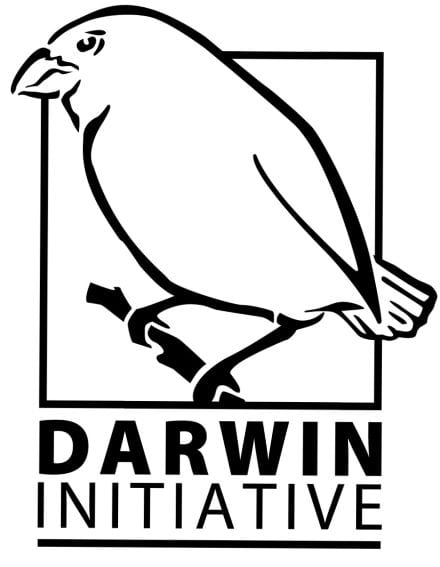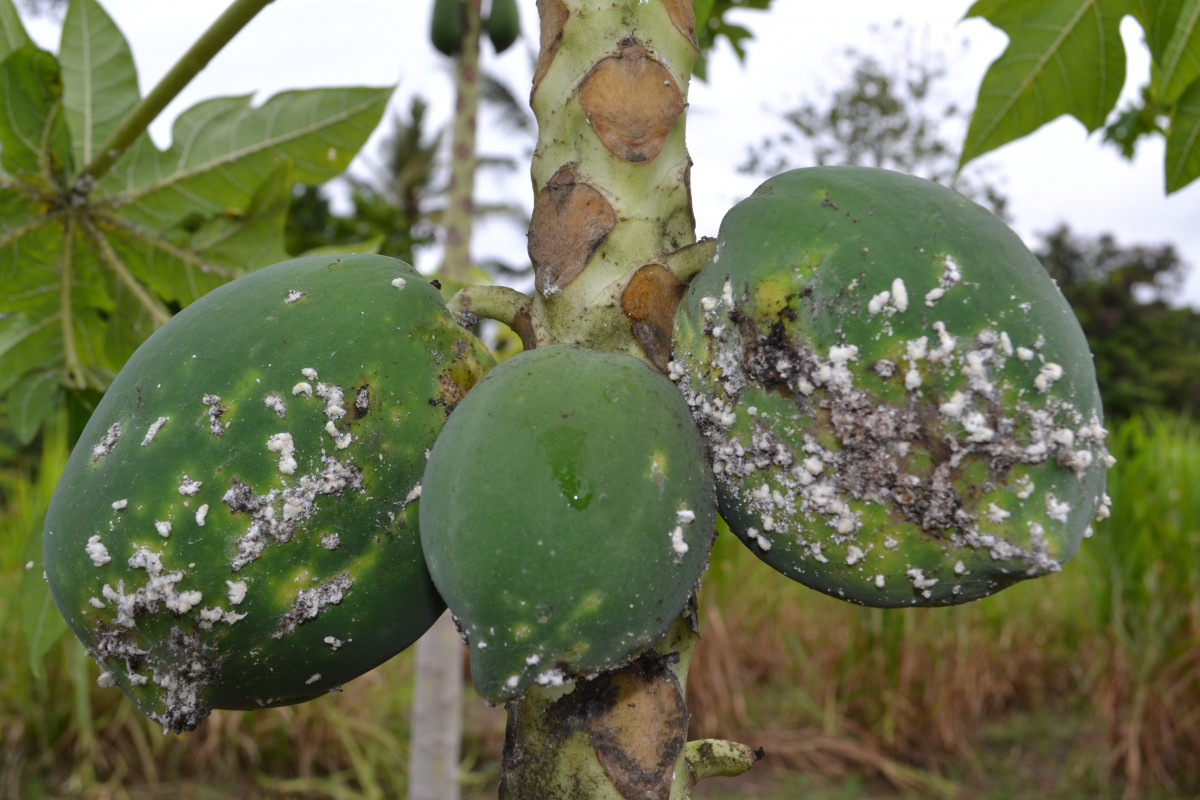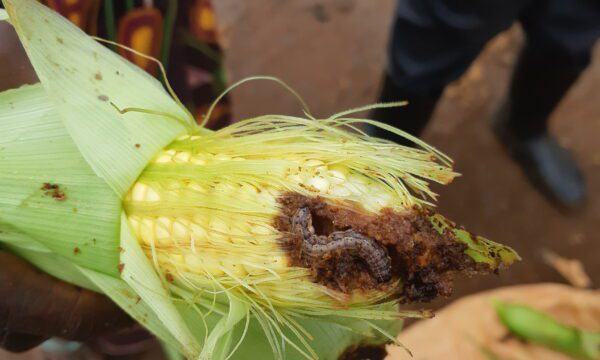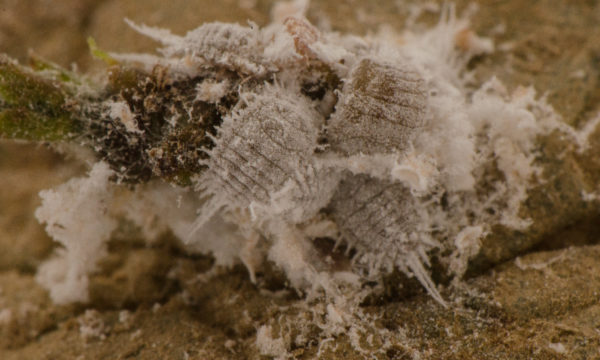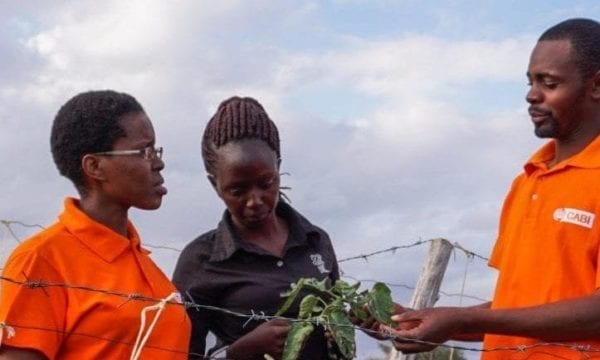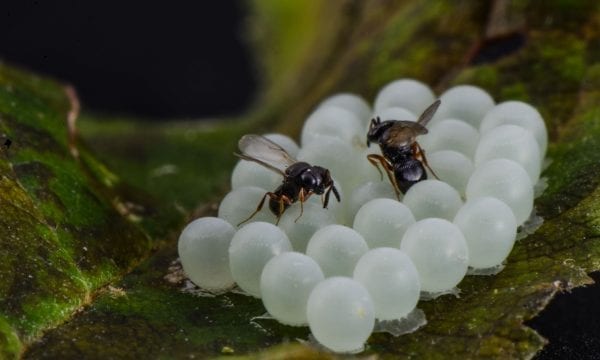Biocontrol of papaya mealybug in East Africa
Papaya mealybug invaded East Africa between 2015 to 2020. The pest causes 57-91% yield and £2,224/ha household economic losses annually and severely impacts the livelihoods of smallholder farmers. As a means of control, nearly 51% of farmers manage the pest using pesticides which harm insect biodiversity in addition to other non-target effects. Biological control is an ecologically friendlier approach that has controlled papaya mealybug elsewhere around the globe. This project aims to introduce Acerophagus papayae, a biological control agent of papaya mealybug. Through this initiative, the project intends to improve the capacity of farmers and extension services to adopt climate-smart conservation biocontrol practices that interface with biodiversity conservation efforts and ultimately enhance food security.
South Sudan
Uganda
Project Overview
So, what’s the problem
Papaya mealybug is native to Central America but has spread rapidly to other regions of the world. It invaded East Africa between 2015 and 2020 and was detected in Uganda in 2021.
The pest has the potential to affect the production and quality of papaya and other economically important host crops – it can devastate a whole crop if left unmanaged. A CABI Study found that over 50% of Kenya has been invaded by papaya mealybug, with its impact leading to some papaya farmers abandoning farming the fruit altogether.
This not only has a severe impact on the livelihoods of smallholder farmers but also on the ability to contribute to local, national and global food security.
Typically, farmers manage papaya mealybug by relying heavily on highly hazardous pesticides (WHO class II and 1b), with up to 16 applications per season. However, only 70-90% of ground-applied pesticides reach their intended target, leaving the remainder to exert unintended consequences on insect biodiversity. This practice has led to detrimental effects on insect biodiversity, a worldwide decline in insect populations, and the elimination of native pollinators and natural predators of pests.
Furthermore, the decline in insect diversity has disproportionately impacted smallholder farmers, particularly women, who rely on insect pollinators for their crop production.
The CABI study also predicted that if not sustainably managed, papaya mealybug would continue to rapidly spread into novel areas in East Africa and other areas in the continent, due to these areas being highly climatically suitable, and having large expanses of suitable crop hosts.
Biological control is an ecologically friendlier approach that uses natural enemies to control pest populations. This method offers numerous advantages, such as its eco-friendly nature, energy efficiency, cost-effectiveness, and long-term sustainability.
What is this project doing?
The project aims to provide solutions for sustainable management of papaya mealybug in Kenya, South Sudan and Uganda which includes biological control and the release of A. papayae as part of Integrated Pest Management. By doing so, food security will be enhanced and biodiversity protected while serving as a scalable model for other affected countries in East Africa.
Ultimately, the project goal is to enhance smallholder papaya production while concurrently reducing the excessive reliance on pesticides for pest control and increasing yields. By adopting biocontrol measures, native insect biodiversity in the region will be conserved, promoting a more sustainable and environmentally friendly approach to papaya farming.
The project will carry out specific activities to deliver the following outputs:
- Release and naturalize A. papayae in East Africa for the classical biological control of papaya mealybug
- Build capacity of smallholder farmers and extension providers on in situ management of A. papayae for sustainable management of papaya mealbug and biodiversity conservation
- Generate scientific evidence on the impacts of classical biological control of A. papayae on livelihoods and native insect biodiversity
- Package and disseminate information on classical biological control and best practices for conservation biological control of A. papayae and other insect pests to increase farmer knowledge and adoption
This project will conduct a comprehensive assessment of the impacts of pesticide use on biodiversity in papaya production systems. The project will also evaluate the socio-economic impact of the conservation biological control program in East Africa, aiming to assess its benefits to local communities and farmers. Finally, the distribution and abundance of native insect species in papaya agro-ecologies in East Africa will be mapped. This collective approach will create an extensive understanding of the project’s impact on biodiversity conservation and sustainable papaya production in the region.
Results
An inception meeting, for all partners from Kenya, South Sudan and Uganda, officially launched the project in July 2022.
A Participatory Rapid Rural Appraisal has been conducted in Uganda to understand contextual issues related to papaya production and the impacts of papaya mealybug. Farmer’s knowledge, perceptions and practices towards biological control were also assessed. Seventeen focus group discussions and interviews took place among 333 papaya fruit growers in six sub-counties – findings were shared with 77 stakeholders from various institutions in Uganda.
In collaboration with the project partners, inspectors, 119 extension officers and 214 farmers in Kenya have been trained on papaya mealybug biocontrol, parasitoid bioecology and in situ production of parasitoids through Natural Enemy Field Reservoirs, and biodiversity conservation. An extension training manual has also been developed for farmers.
Two biodiversity assessments have been conducted. In Kenya, 86 insect species have been fully identified and 22 to the Genus level. In Uganda, 72 species have been fully identified and 33 species to the Genus level.
Field releases are in progress in Kenya at 200 farms across three coastal counties: Mombasa, Kilifi, and Kwale. Initial evaluations indicate the promising potential of this biocontrol approach in managing the papaya mealybug in the region.
Pre-introduction surveys have been carried out in South Sudan to determine the distribution and to select learning sites for a pilot release once the parasitoid is introduced. An import permit has been acquired following the presentation of efficacy and efficiency results.
Approval has been granted to import the parasitoid for quarantine rearing in Uganda, following the submission and presentation of the dossier and quarantine protocol to the national task force. The project is now progressing with plans to release the parasitoid as part of the biocontrol initiative.
Project Manager

Ivan Rwomushana
Global Lead - Pest Preparedness
Canary Bird, 673 Limuru Road, Muthaiga, PO Box 633-00621, Nairobi, Kenya

